When my son was young, I once took him on a vacation to central Oregon. He loved fishing, so one evening I took him out to a river to fish. As it got darker, I started feeling tapping on the line. Did I catch a fish? Reeling it in, I found nothing. Then more tapping. Pretty soon, it was almost constant. Then I suddenly realized a swarm of bats was flying above the stream and hitting the fishing line.
Living in the bay area, it was pretty rare to see bats. But since moving to Utah, I see them quite regularly in the summer months. They fly around the house every night during those months. It is quite fascinating to watch them fly around, swooping and darting and changing direction so fast you can hardly follow them as they chase after insects to eat.
It wasn’t long before I had to try my hand at trying to photograph them in flight. I have to say it is quite difficult to do that. If you are zoomed out too far, they appear too small. If you are zoomed in closer, it is impossible to keep them in the field of view. And this has to be done in dim light! In the end, lots of patience and luck is required.
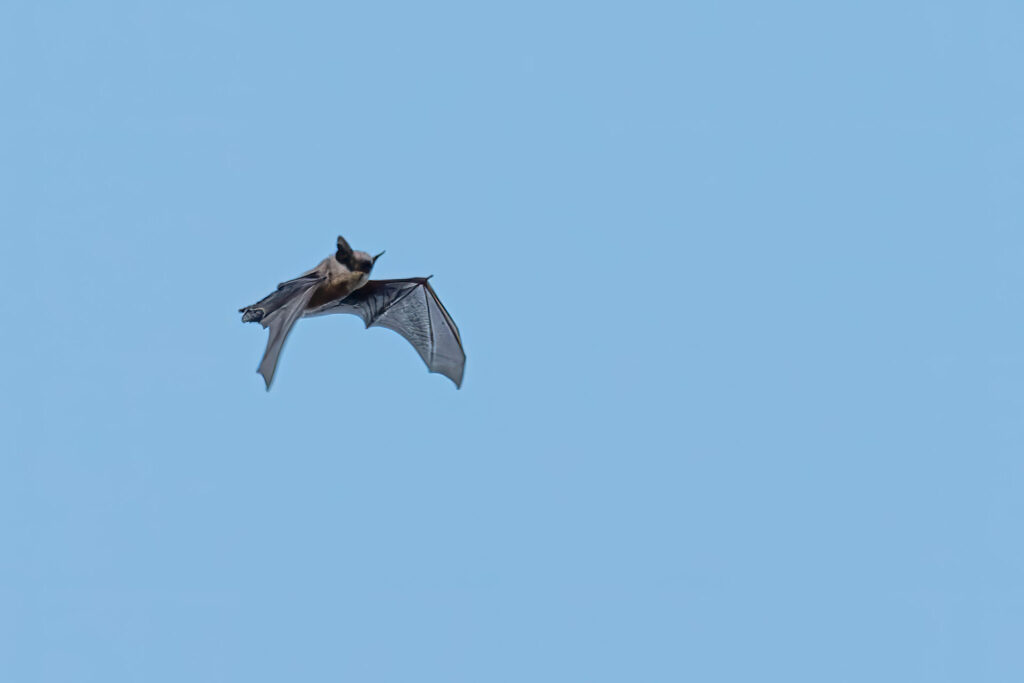
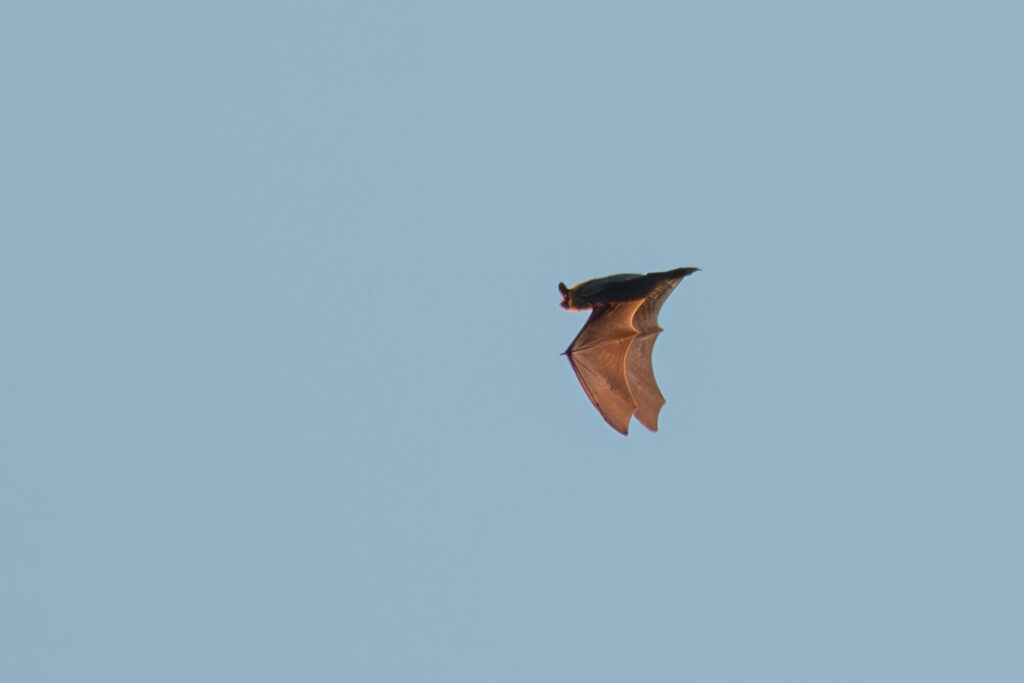
The bats we see around St. George are typically Western Pipistrelle bats that live in the Red Cliffs Desert Reserve (and sometimes under the eaves of people’s homes.)
Photographing them in flight makes it a little difficult to see what they really look like. But one day, I found one on my garage floor. Poor guy, and don’t know how he got in, but once he did, he couldn’t get out and by the time I found him he was exhausted.
Of course, first thing I had to do was get my camera. But after that, I gently lifted him up and carried him outside to leave him in the shade and hope he would recover. The good news is that he did eventually recover and fly off.
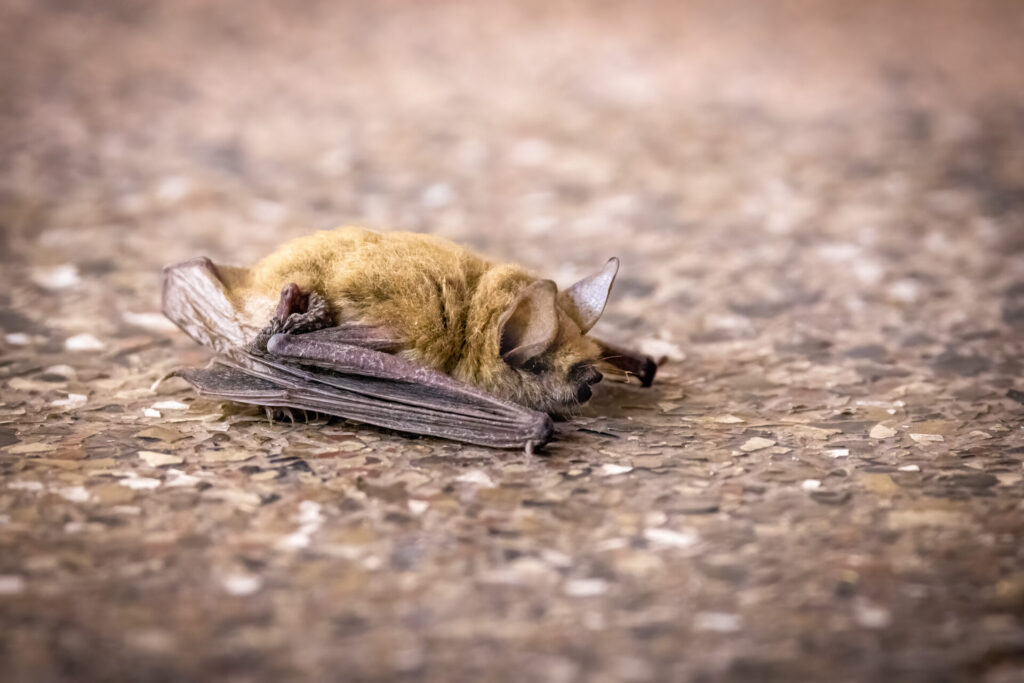
Fossil Canyon
This leads me to my next story about a place called Fossil Canyon. You are probably wondering how this relates to bats, but please bear with me and I will get to that. Fossil Canyon, also known as Quail Canyon, is south of St. George in the Arizona strip. I go hiking there occasionally.
It is a short, fun hike requiring a little bit of scrambling to get over obstacles. At the very end, a rope has been left to help you climb out, though there is no need to do so because you are at the end of the trail anyway. I do not know who, if anyone, maintains the rope, so I can’t vouch for safety. Use at your own risk.
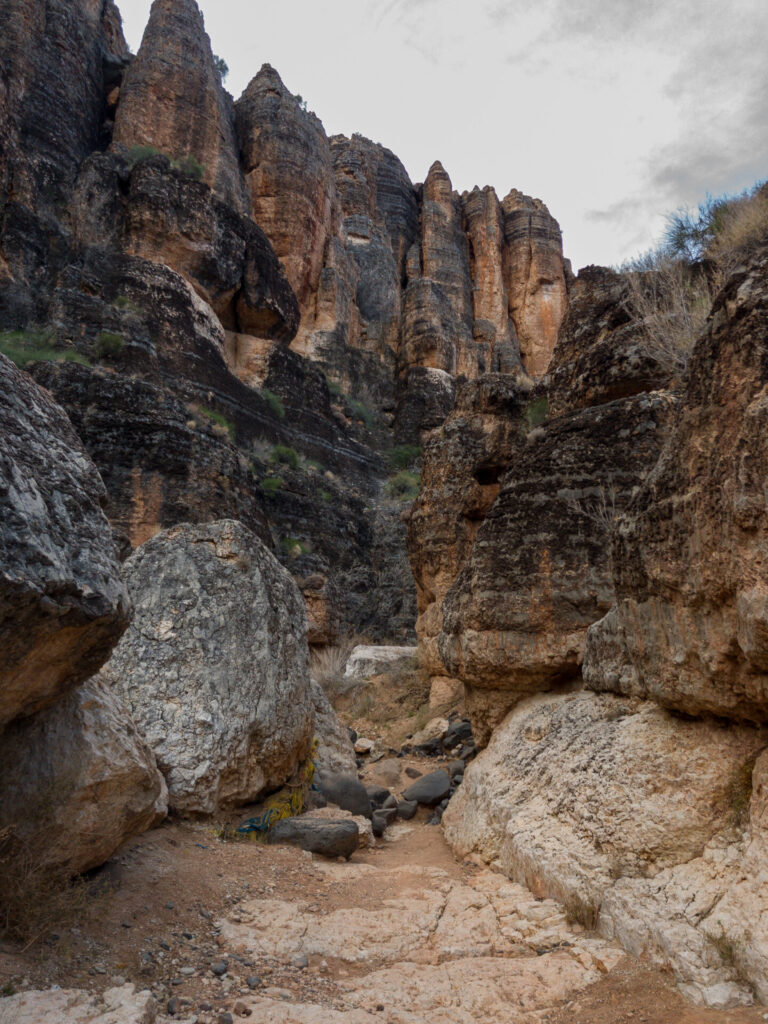
Lava boulders get washed in along with other types of rocks which pile up and make it difficult in spots to get up and over, but it is generally fairly easy scrambling.
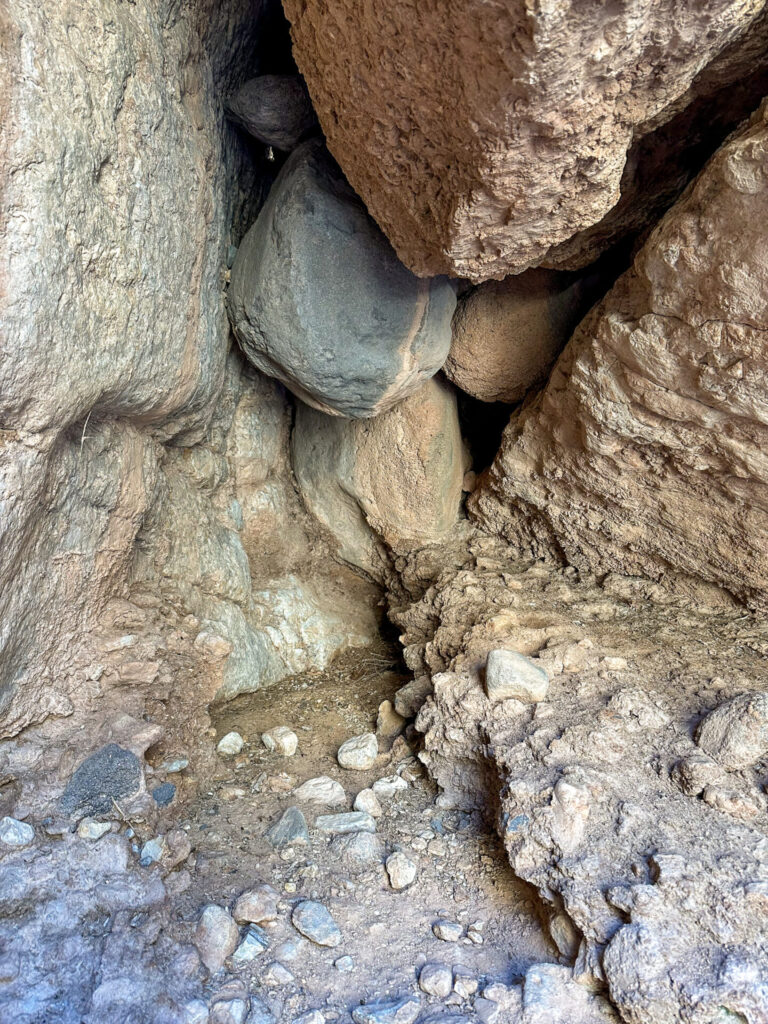
Along the way, you may see fossil shells embedded in the rock walls or on the rocks you are walking on, which is why it is named “Fossil Canyon”. I believe there may have been more fossils in the past which have since been collected, but you can still find some.
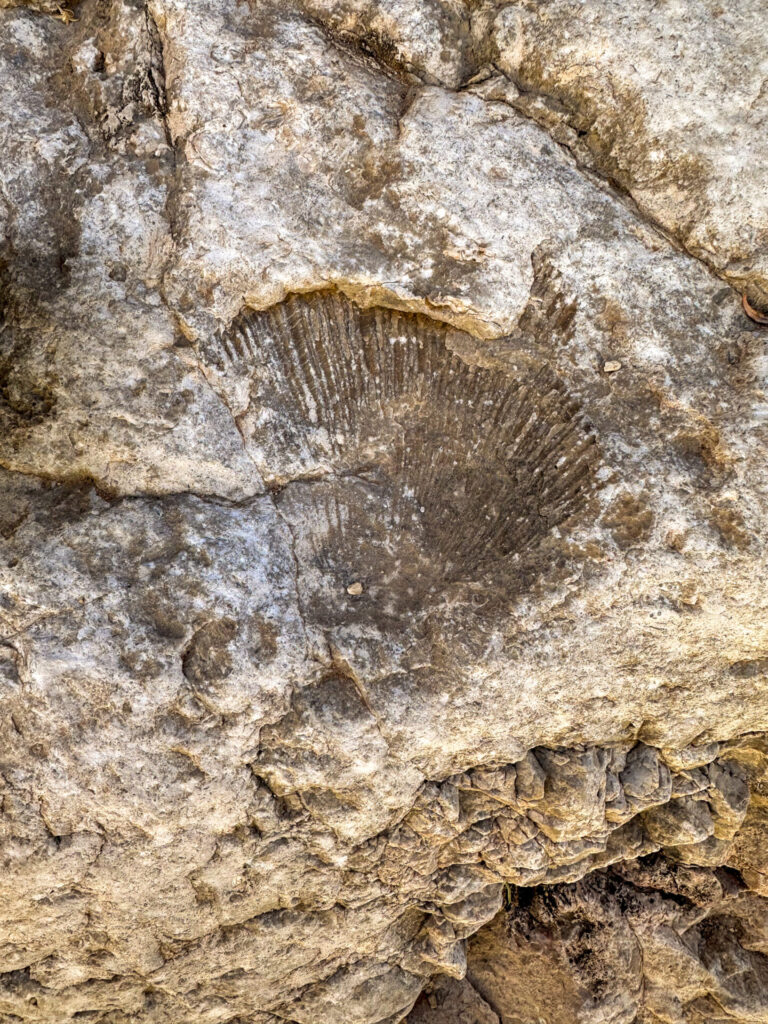
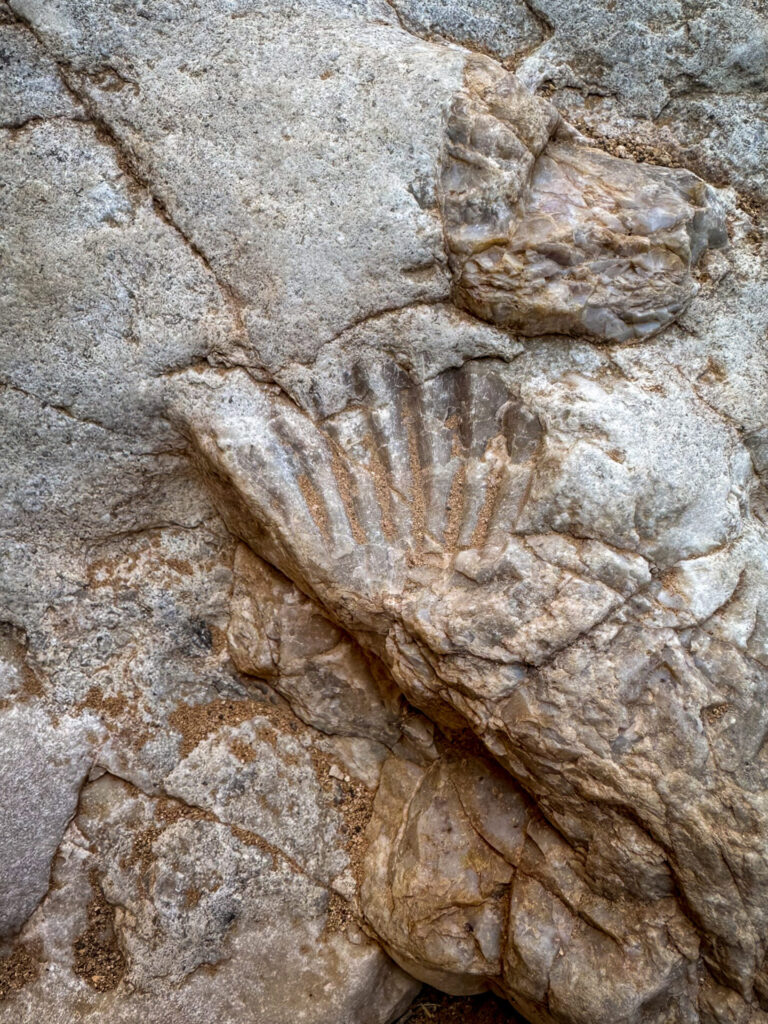
On my most recent visit, at the beginning of January, I went with a small hiking group. In addition to hiking up Fossil Canyon, we also hiked up and out and then around to a small wash which finally flows back into the main canyon. We had to climb down to get back into the main canyon.
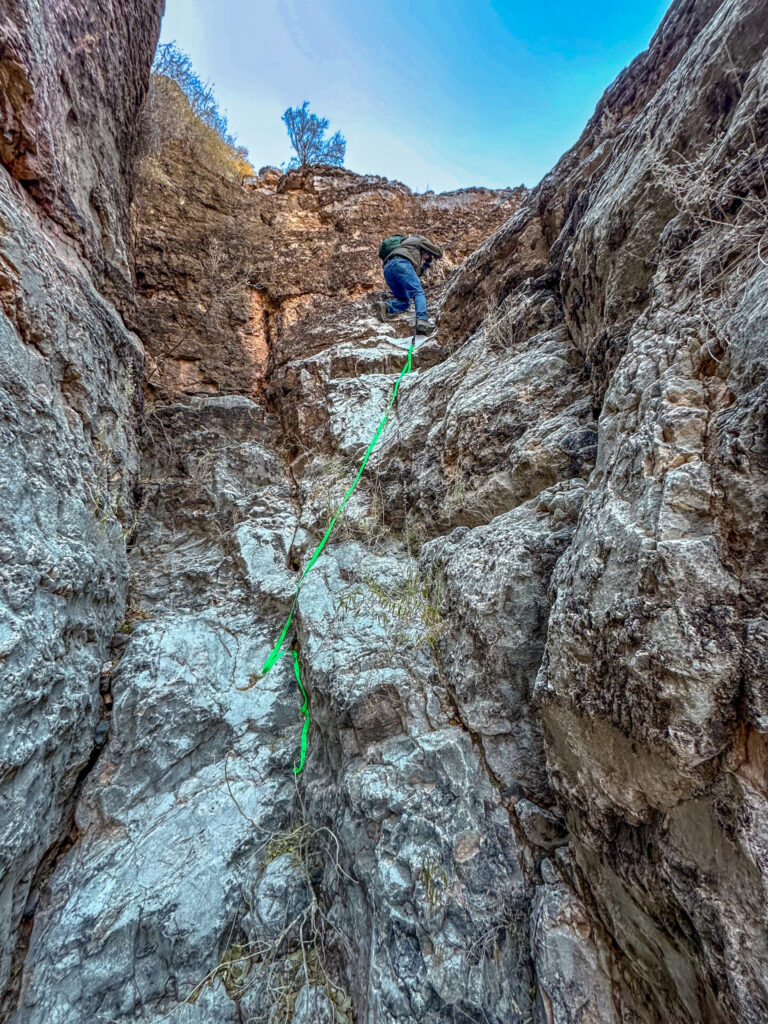
The photo above shows one person from our group starting the climb down, while two people (mostly out of view) hold the webbing tightly above. When you turn around from where I took this photo, you have to step onto a lava boulder lodged in a narrow slot and climb down off the boulder. Nothing difficult there.
But when I turned around to look back, I saw a small bat hanging from the underside of the boulder. He was either sleeping or hibernating and seemed totally unconcerned that there was someone just a few inches from him.
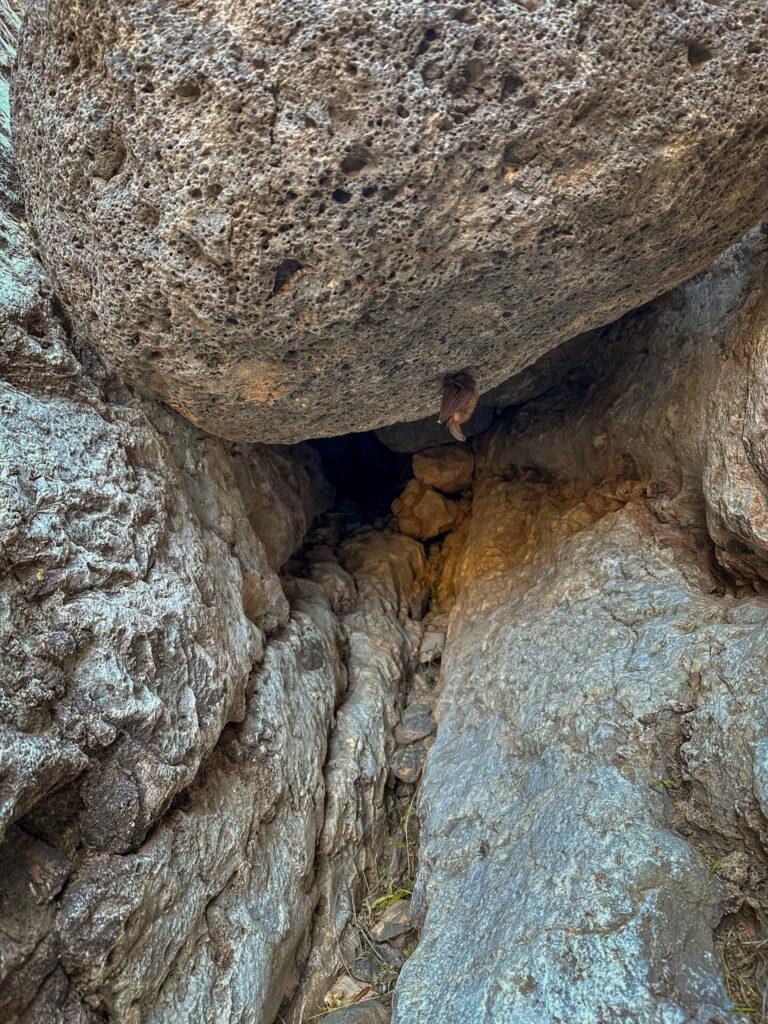
It turns out that this was a different species of bat than the Western Pipistrelle bats commonly found around St. George. This was a Townsend’s Big-eared bat. In the closeup photo below, you can get a good view of its ear.
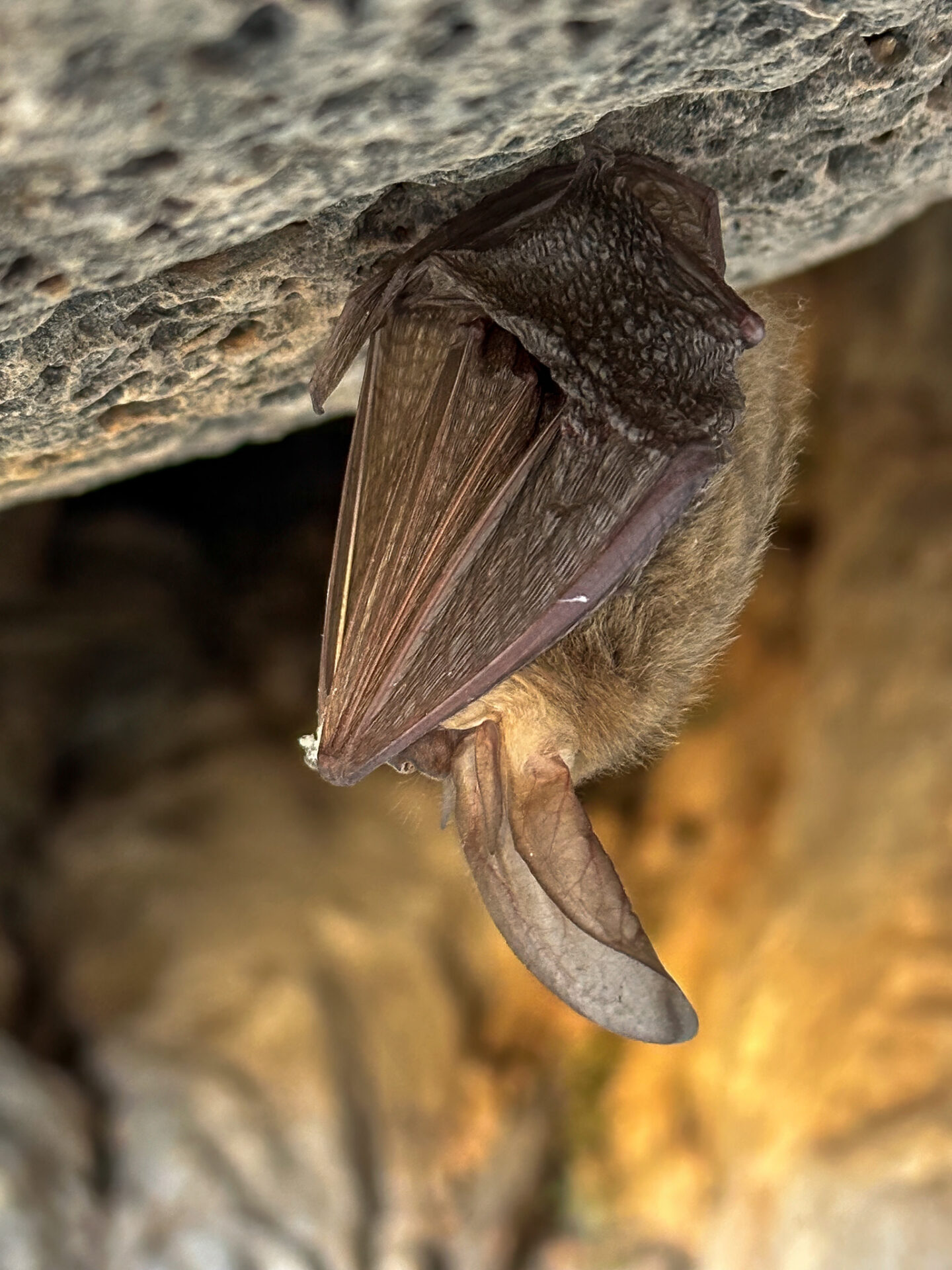
When I hike in this canyon, because of the scrambling, I generally don’t take my professional camera but instead rely on my cell phone camera. So unfortunately, I didn’t have my professional camera with me to get a good quality photo of the bat.
So, three days later, I returned with my camera and a long lens hoping to find him again. But when I got to the spot, he was no longer there. Darn!
Nevertheless, it was quite an experience to find and view closeup, a bat in the wild.

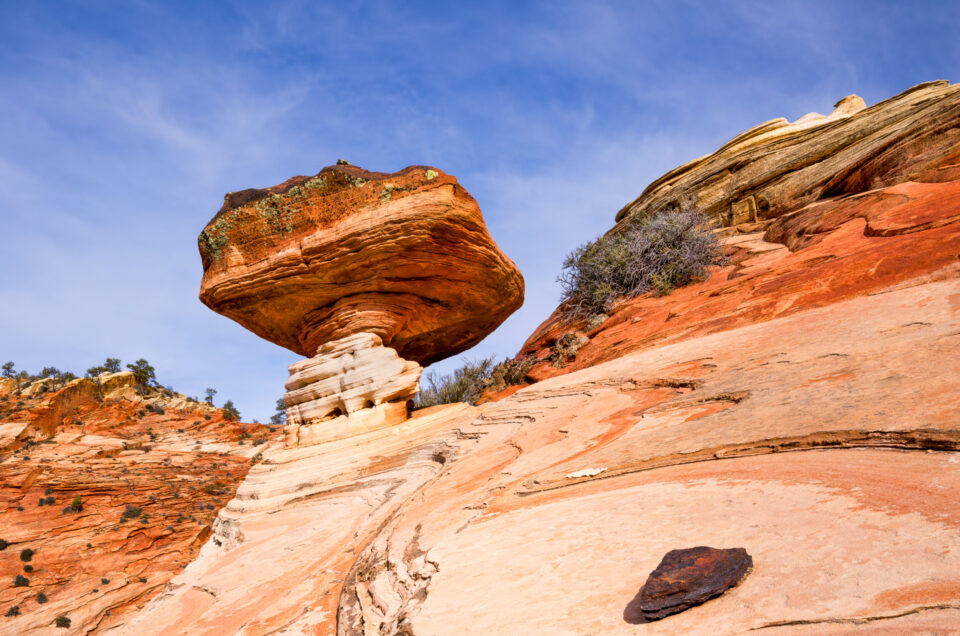
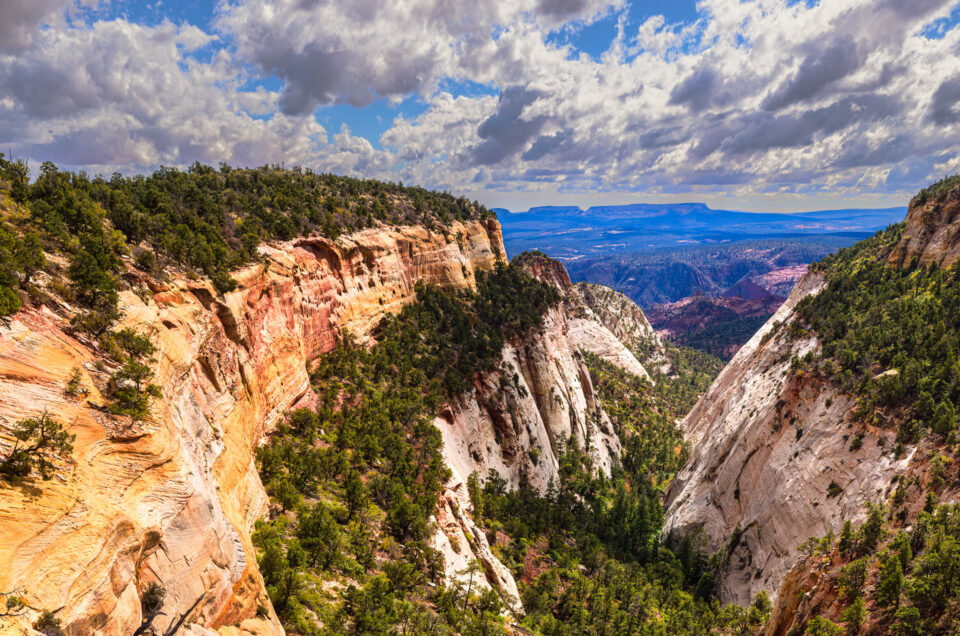
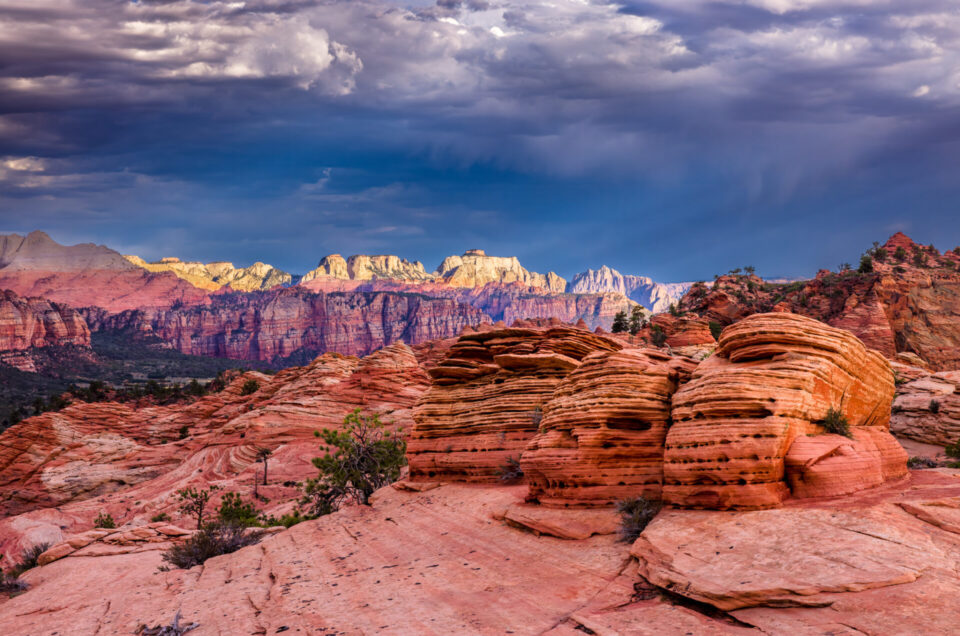
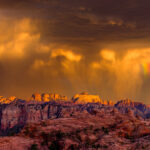
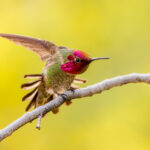
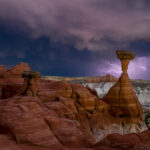

Leave a reply